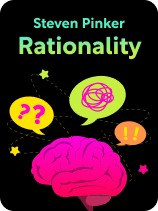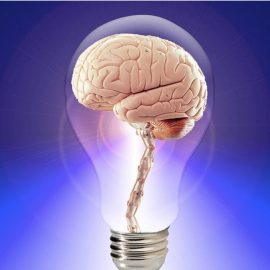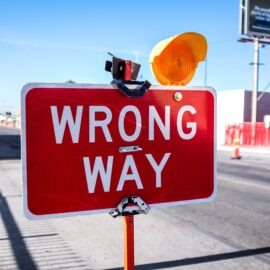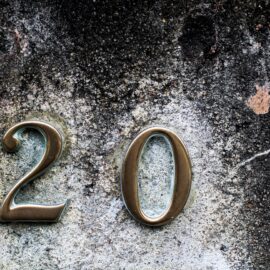

This article is an excerpt from the Shortform book guide to "Rationality" by Steven Pinker. Shortform has the world's best summaries and analyses of books you should be reading.
Like this article? Sign up for a free trial here.
What if you could make better decisions because you’re able to make better predictions? How can an eighteenth-century statistician help you?
People often miscalculate the probability of an event occurring and then make poor decisions based on that miscalculation. Steven Pinker explains how you can use Bayesian reasoning to make more accurate assessments of evidence and, in turn, make more accurate predictions about the future.
Read more to learn how to use Bayesian reasoning to make decisions that are based on a better understanding of what’s going on.
Using Bayesian Reasoning
According to the availability heuristic, people rely on what information is most available rather than what is most representative of the truth. According to the post hoc probability fallacy, after something statistically unlikely occurs, people believe that, because it happened, it was likely to happen.
Pinker says that, to prevent falling for fallacies like these, we can use Bayesian reasoning, which is a mathematical theorem named after an eighteenth-century thinker that calculates how we can base our judgments of probability on evidence (information showing the actual occurrences of an event). We won’t detail the full mathematical equations of the Bayesian theorem here, but essentially, it helps you consider all the relevant probabilities associated with a possible outcome to determine its true likelihood, which can sometimes differ greatly from the likelihood that seems most accurate.
One common use of this theorem is in determining the probability of a medical diagnosis being correct, which Pinker says is an archetypal example where Bayesian reasoning can aid in accurate assessments of probability. Let’s say you test positive for cancer. Most people (including many medical professionals) might believe that because the test came back positive, there’s an 80-90% chance you have the disease.
However, once other relevant probabilities are taken into account, the true risk is revealed to be much less than that. In this case, if the cancer in question occurs in 1% of the population (this is the evidence of the event), and the test’s false positive rate runs at 9%, then the true likelihood that you have cancer, after receiving a positive test, is just 9%.
In everyday life, we can use Bayesian reasoning without resorting to plugging in numbers by following three general rules:
- Give more credence to things that are more likely to be true. If a child has blue lips on a summer day just after eating a blue popsicle, it’s more likely that the popsicle stained her lips than that she has a rare disease causing the discoloration.
- Give more credence to things if the evidence is rare and associated closely with a particular event. If that child with blue lips has not been eating popsicles, but instead also presents with a rash and fever, the probability that the discoloration is caused by a disease increases.
- Give less credence to things when evidence is common and not closely associated with a particular event. If a child does not have discolored lips or any other symptoms of illness, there’s no rational reason to think she has the rare disease, even if some people with that disease have no symptoms.
| We Use Bayesian Reasoning Naturally In Smarter Faster Better, Charles Duhigg also recommends using Bayesian reasoning to assess the likelihood of events, and he argues that we often do it naturally by subconsciously detecting patterns in the world, which helps us form assumptions about the likelihood of events happening—we unconsciously detect, for example, when the color of a child’s lips are either more or less associated with a pattern of rare disease. These assumptions then guide us when we make predictions. Duhigg points out, however, that our predictions will only be good if our assumptions are accurate, which is why it’s important to regularly update our assumptions based on new information. In other words, it’s important to continuously apply Bayesian reasoning; otherwise, we may make decisions based on faulty, outdated assumptions.) |

———End of Preview———
Like what you just read? Read the rest of the world's best book summary and analysis of Steven Pinker's "Rationality" at Shortform.
Here's what you'll find in our full Rationality summary:
- Why rationality and reason are essential for improving our world and society
- How you can be more rational and make better decisions
- How to avoid the logical fallacies people often fall victim to






